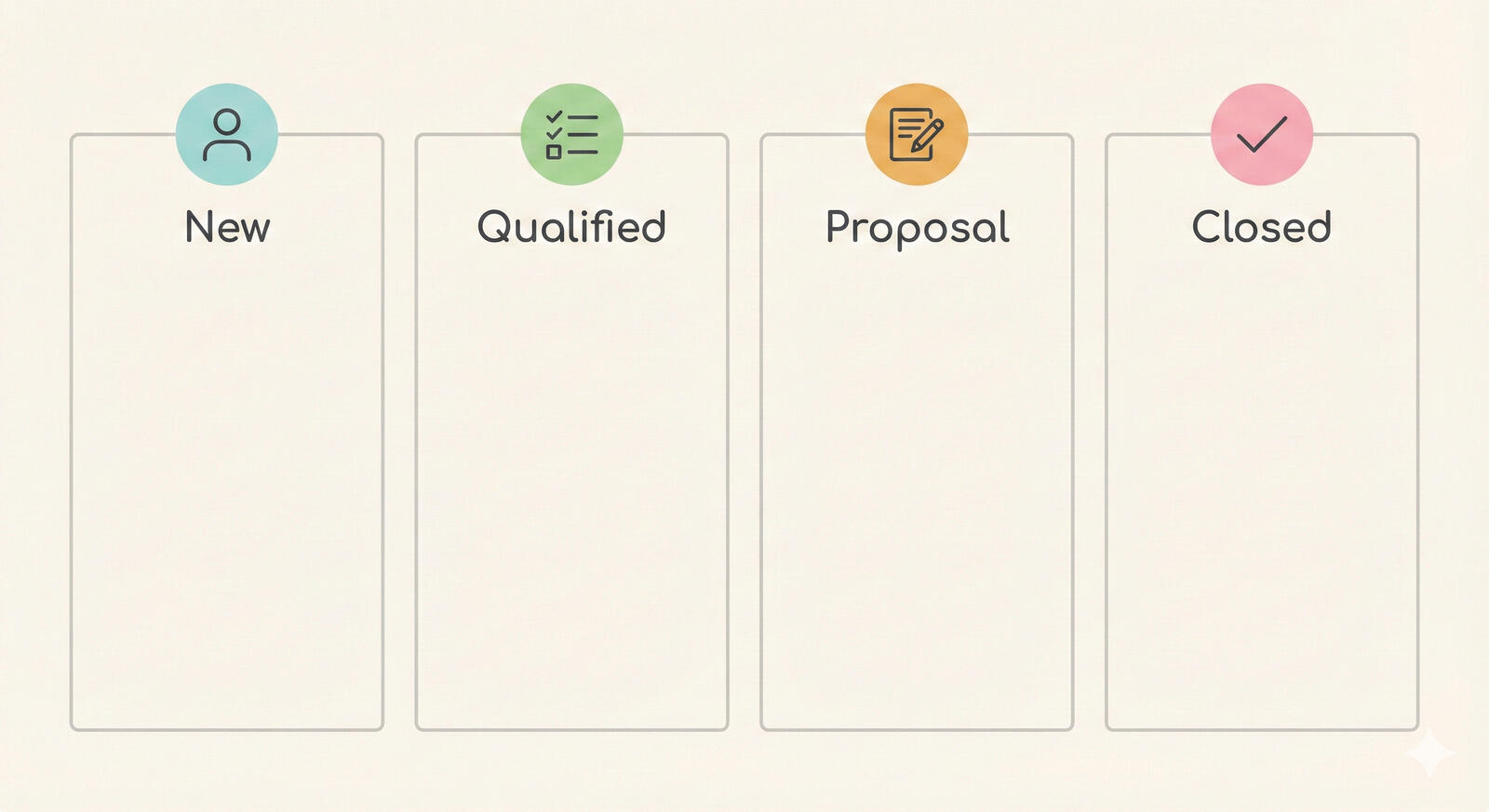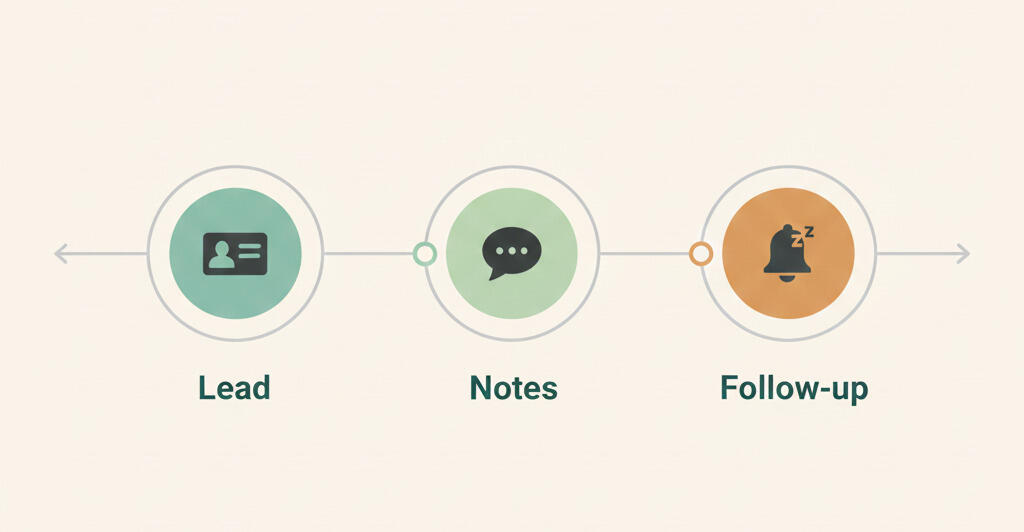5 ways to improve your project management skills
A monthly digital magazine targeted at clothing designers and fashion industry insiders.
A $3-million dollar renovation of a restaurant to refresh the decor and bring the facilities up to code.
A short documentary film about shrimp boat workers in Thailand.
What do these three things have in common?
They’re all projects that require a coordinated effort between several people to bring them to fruition. The specific skills required for each project are vastly different...except for one.
In every single case, the success of the project relies on project management skills.
No matter what industry or walk of life you find yourself in, project management is something that is always needed and it’s something that is not always done well.
Plus, with a growing portion of the workforce now working remotely, it’s more important than ever to manage projects successfully to keep efficiency high and success within reach.
If you’re looking to sharpen your skills so that your projects progress smoothly from start to finish with maximum efficiency and minimal margin for error, then you’ve come to the right place. Because we’ve got our top five tips for improving your project management skills—no matter what stage of your career you’re in.
Let’s dive right in.

1. Recognize that project management is more than just scheduling
“Project management is just putting together a production schedule, right? That’s easy.”
Wrong and wrong. Although project management includes scheduling, it’s so much more than that. It’s also:
- Setting goals and key performance indicators
- Defining project scope
- Identifying milestones
- Establishing budgets
- Overseeing each stage of the project
- Hiring staff and assigning tasks
- Seeking approval from relevant parties
In fact, project management is such an important undertaking that on bigger projects, it often requires a person whose entire role is to be the project manager. It also helps to enlist the aid of project management software like Breeze to keep things on track and moving forward.
Having a clear grasp of what good project management involves is the first step in becoming better at it.
2. Learn how to create a project plan
A project plan is your roadmap, marking where you’re trying to go and how you plan to get there. So the better it is from the outset, the clearer the path to your goal.

Creating an effective project plan usually involves some research and legwork up front. For example, you’d want to meet with the key stakeholders to nail down the specifics of the project, particularly the project goals. Getting everyone on the same page at this point helps prevent costly errors and miscommunications that can stall the project and even cause it to fail outright.
This is also the time to set a budget and put cost-control measures in place, since once the project is underway it’s incredibly easy for the project scope and associated expenses to start shifting, sometimes bit by bit and sometimes all at once.
A project plan also identifies any potential risks that could affect the timing and outcome of the project. This could include anything from a colleague’s vacation time to a delay in shipping that prevents key materials from being delivered on time.
So, to sum up, your project plan should include at the very least:
- A definition of the project’s goals and scope
- Budgets and funding
- Deliverables and timelines
- Risk assessment
3. Make your meetings more effective

There are a great many people who hate meetings, no matter whether they’re in person or over Zoom.
This is usually because meetings are badly run, take up way too much time, and offer very little return on investment for that time.
You can start to turn this tide by making your meetings more effective. The best way to do that is to set an agenda and stick to it. This includes starting and ending the meeting on time and reining things in when the talk turns to idle chit chat or, worse, office gossip.
Another good way to keep everyone on task in a meeting is to get your attendees engaged by asking questions, soliciting feedback, and going around the table to ensure everyone has a chance to speak. Take notes and then circulate them after the meeting is over to document what was said and to demonstrate the value of the meeting.
4. Know when to abandon a project
Not every project is meant to work out. They may seem like a good idea at the outset, but as things progress, it may no longer make sense to continue. Maybe the goals and priorities of the organization have shifted or the nature of the project no longer makes sense given the circumstances. Whatever it is, it’s important to be able to recognize when plowing ahead would only mean wasted time and resources.

Marketing guru Seth Godin devoted an entire book, The Dip, to this concept of knowing when to abandon a project. He goes so far as to say that “strategic quitting is the secret of successful organizations.”
What are some of the signs that indicate it’s time to quit a project or at least significantly revise it?
- Deadlines and milestones are frequently being missed.
- The required resources aren't available.
- The goals of the project are unclear or being constantly redefined.
- Progress has stalled and it's unknown when it will start up again.
- Negative feedback is rolling in about the process and the deliverables.
- Team morale is low and staff turnover is high.
There can be some resistance around abandoning a project, since no one wants to be associated with a “failure.” If you find this attitude cropping up on your team (or within yourself) it oftens helps to remember that abandoning a project is a normal occurrence and all businesses go through this process. And much of the time, the abandoned project yields important insights that end up being key to the success of future projects.
5. Use project planning tools
One of the best things about living in the digital age is that there are tools for basically everything, and they’re all right at your fingertips.
Take project management software. It has completely changed the game when it comes to organizing teams and tracking projects. Now, instead of planning and managing your projects with sticky notes and whiteboards, you can do it on your computer and mobile device. Plus, everything is stored and tracked so nothing goes missing and everyone can stay on the same page from wherever they are.
The one pitfall is that sometimes these apps and programs are a little too helpful. Some of them have an overwhelming number of features that actually make it harder to get things done.
That’s why Breeze was developed specifically to offer the most important core features—project boards, time tracking, reports—without any of the clunkiness of unnecessary bells and whistles.

Use these project planning tools to your advantage! You might be surprised at how much easier it is to get things done and to keep everyone on task.
A final word on project management
Every successful business is, at its heart, a series of successful projects created and executed by skilled and talented people. You can stay at the top of your game and push your teams to new heights of achievement by keeping your project management skills sharpened and ready for action.
Want more ways to simplify and enhance your project management? Try Breeze for free.








